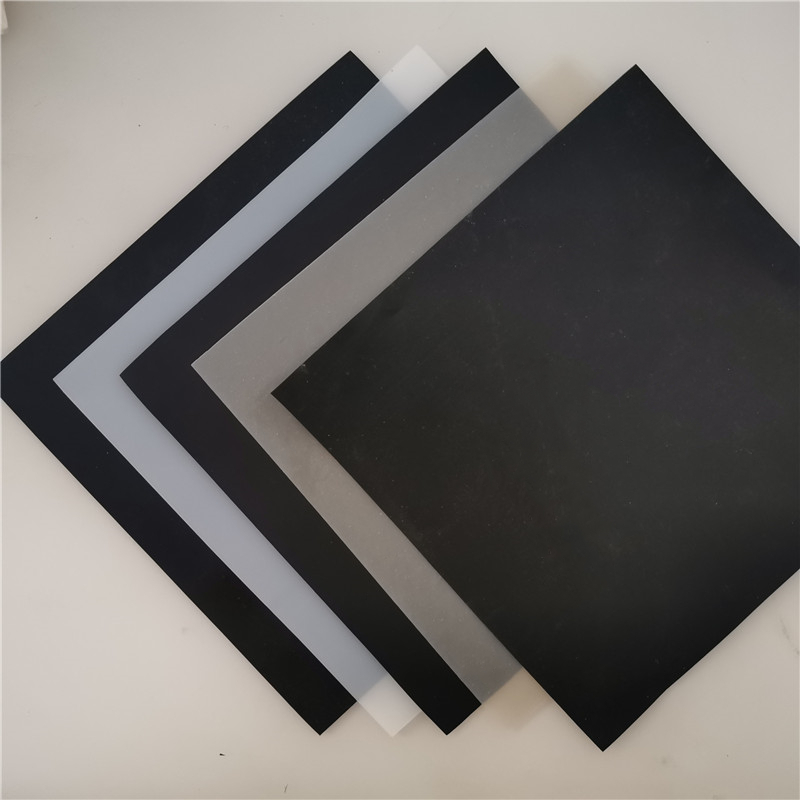
产品介绍:
![1602751026208044.jpg 201910119305693642[1].jpg](/static/upload/image/20201015/1602751026208044.jpg)
1. Classification of embedded waterstop: In terms of structural form, it can be divided into two types:
CB type waterstop and CP type waterstop. CB type waterstop refers to the embedded waterstop with
a hole in the middle, which can be divided into two types: CB type rubber waterstop and CB type
plastic waterstop. It is mainly applicable to expansion joints, settlement joints and seismic joints of
various concrete structures, and has excellent capabilities such as tight anchoring with concrete, water
-stop sealing and adaptability to expansion and contraction deformation of deformation joints. CP type
waterstop refers to the embedded waterstop without a hole in the middle, which can be divided into
CP type rubber waterstop and CP type plastic waterstop. It is mainly applicable to construction joints,
complete shrinkage joints, incomplete shrinkage joints, expansion joints, etc. of various concrete
structures with small deformation. It features tight anchoring with concrete, water-stop sealing and
elastic tensile deformation.
2. The water-stopping principle of the embedded rubber waterstop: The function and principle of the
embedded rubber waterstop are the same as those of the back-attached rubber waterstop. It utilizes
the high elasticity of rubber to produce elastic deformation under various loads, thereby achieving a
firm seal, effectively preventing water leakage and seepage in building structures, and providing shock
absorption and buffering. In many engineering and architectural designs, there are certain expansion
and contraction requirements between civil construction and water and soil structures, and there are
also issues such as waterproofing and earthquake resistance. Therefore, the adoption and installation
of rubber waterstop is an effective means to solve all these problems. This product is mainly used in the
construction joints and deformation joints during the cast-in-place of concrete, and is integrated with the
concrete structure in foundation engineering, underground facilities, tunnels and culverts, water conveyance
aqueducts, retaining DAMS, etc., to ensure the service life of the engineering construction.
There are two methods for the joint of embedded rubber waterstop: one is to use adhesive for cold joint,
and the other is to use hot vulcanization mold for hot joint. The following are the two joint methods
respectively introduced: Cold joint with adhesive uses special cold joint glue for rubber waterstop. The cross
-section of the waterstop that needs to be joined is ground flat by 5 to 10 centimeters with a grinding
machine by the lap joint method, and then the glue is applied and compacted. It has the advantages of high
strength, fast solidification, convenient construction, time and labor saving, and can meet the general
engineering quality requirements. On-site hot vulcanization joints are made by using hot vulcanization molds
and raw rubber sheets that match the waterstop. The construction is difficult, but the joint effect is ideal and
suitable for projects with strict requirements for engineering quality.





